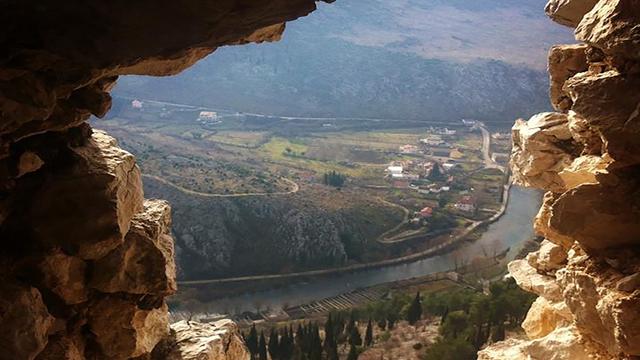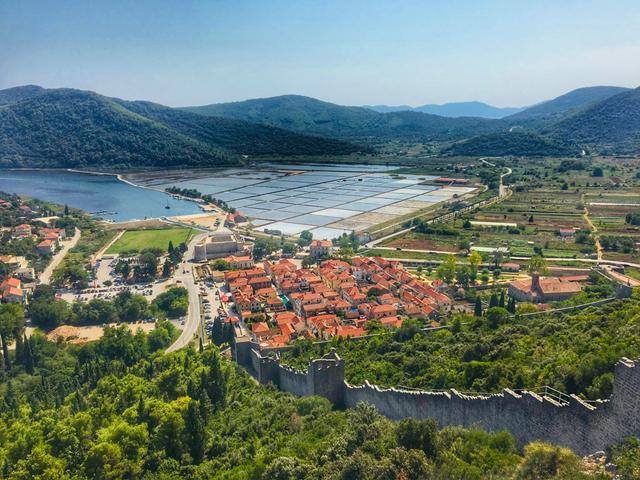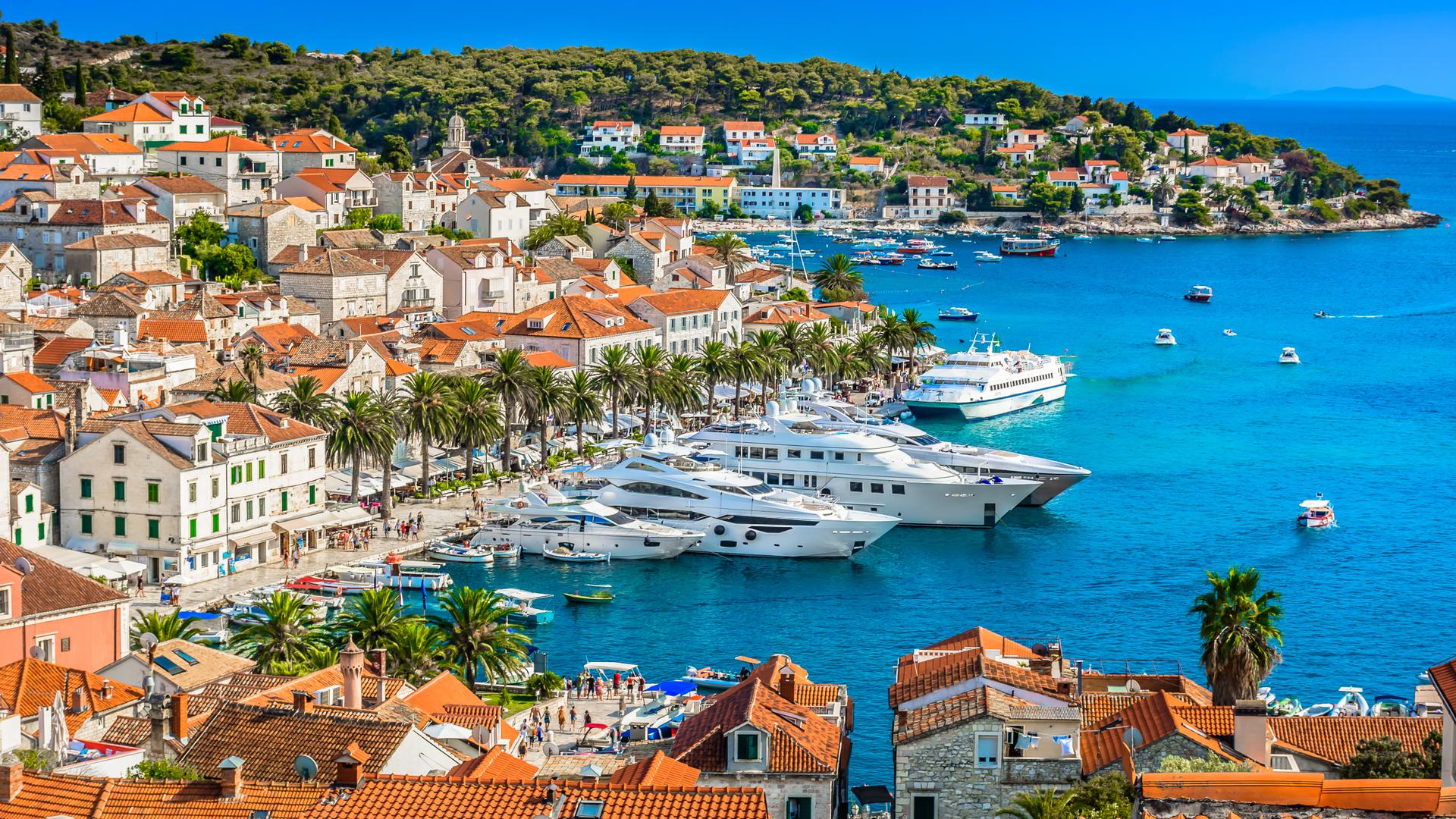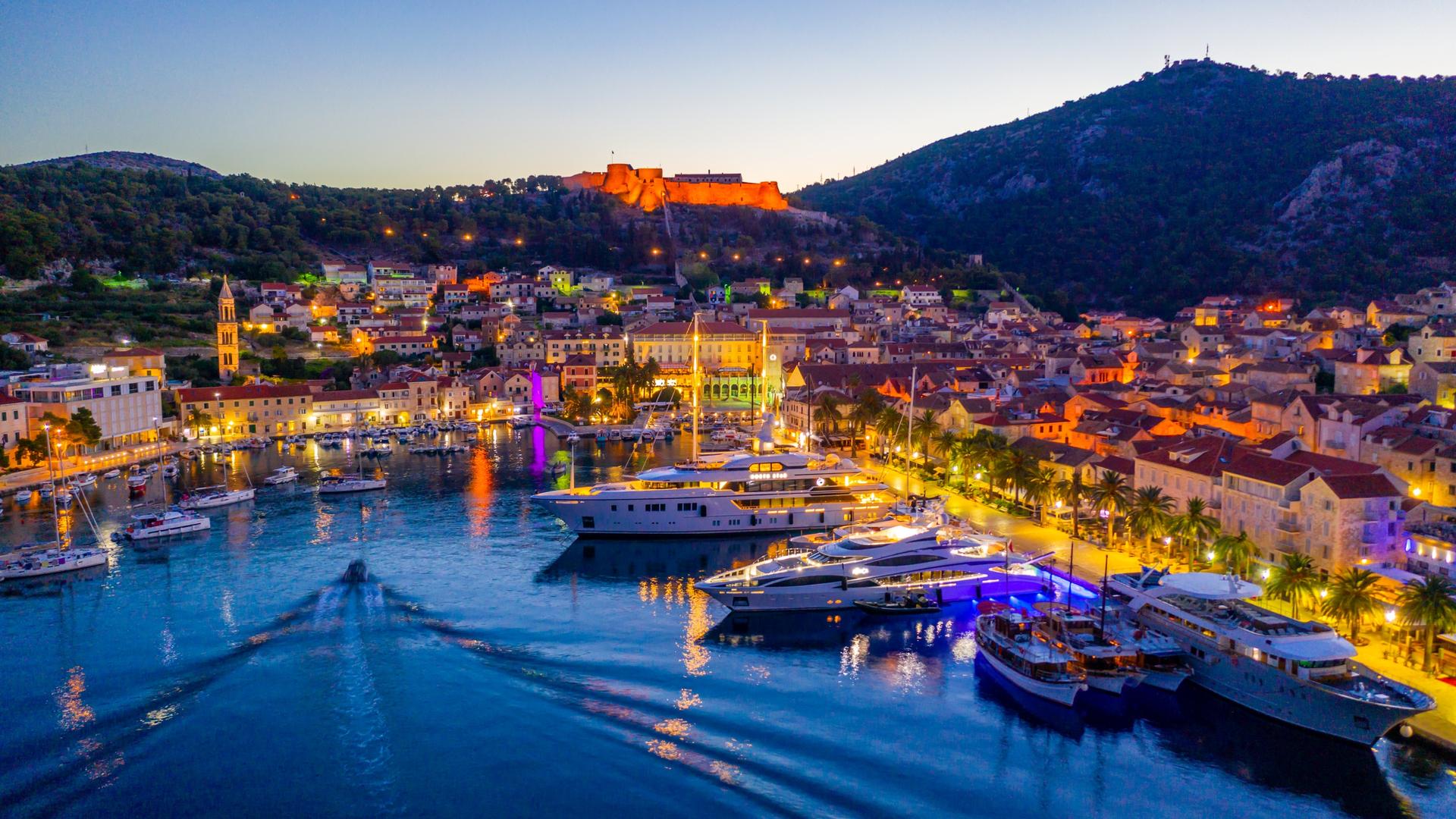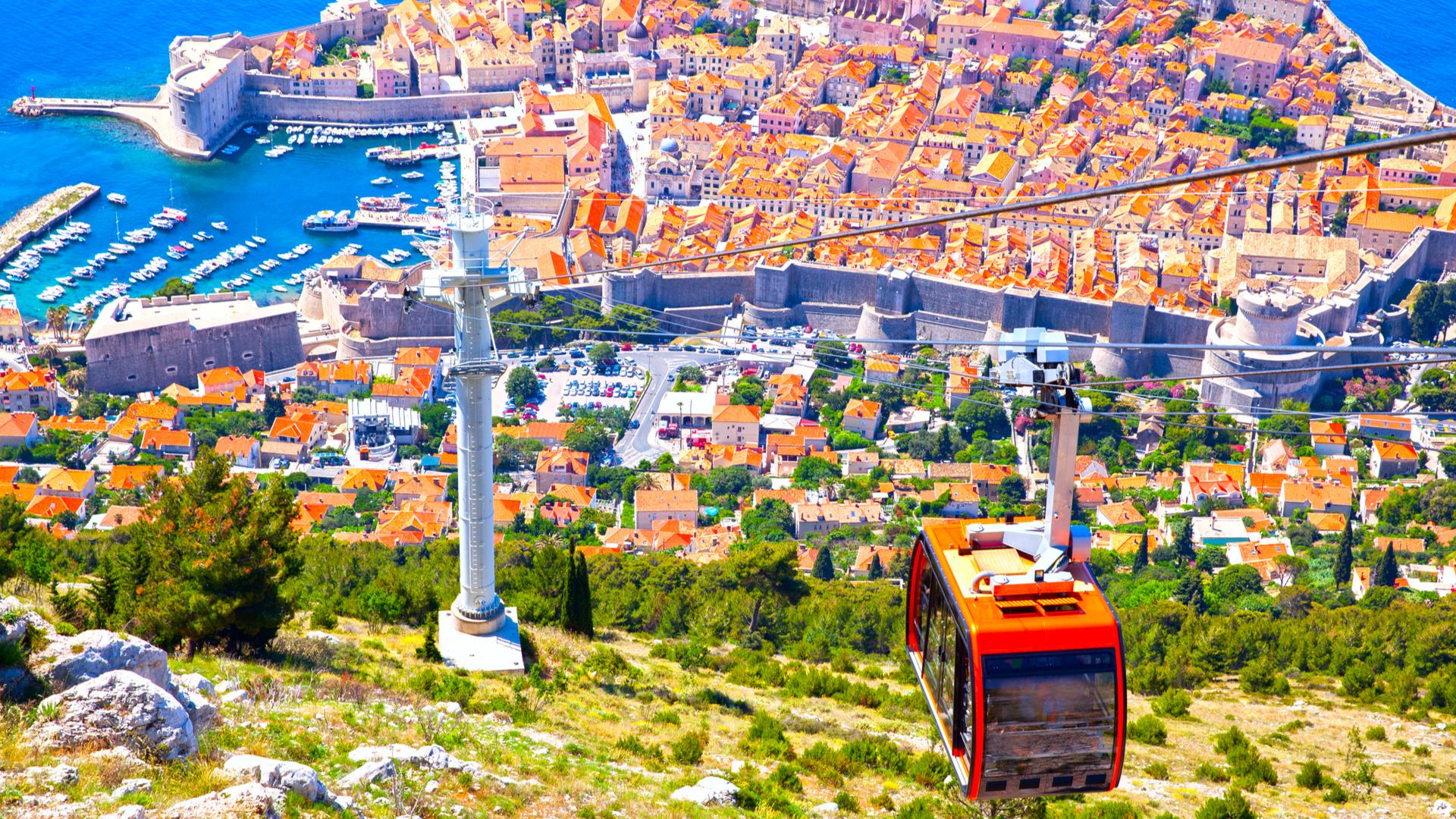Dubrovnik - Hvar
Similar popular transfers:
Private transfer from Dubrovnik to the town of Hvar
The best way to go and visit Hvar is to book a private transfer from Dubrovnik to the town of Hvar.
MaciTours is a Croatian transfer service which offers the best prices for a minivan private transfer. MaciTours has at its disposal a fleet of luxurious and premium minivans that will make your transfer as comfortable as possible.
The seaside town of Hvar is located some 210 km from Dubrovnik and the duration of your transfer is about 4 h.
A few facts about the town of Hvar
The town of Hvar is situated witin a bay, in the south coast of the island, opposite from the other nearby towns of Starigrad and Jelsa and was, throughout its history a centre for trade and culture in the Adriatic.
The Hvar Commune was formally a part of the Venetian Republic, during the 13th to 18th centuries, and was an important naval base with a strong fortress above, encircling the town walls and protecting the port.
During the Renaissance, the cultural life in Hvarthrived as prosperity grew, and hence one of the oldest surviving theatres in Europe opened here in 1612.
The seven-hundred-year-old walls still survive, as do many of the noble houses and public buildings, from the 15th -- 17th centuries.
The Hygienic Society of Hvar, founded in 1868, with the purpose of providing "good care for visitors", is one of the earliest "tourist boards" in Europe.
The town has a wide range of hotels, museums,galleries and exhibitions, including the Arsenal, the Loggia, the Croatian Institute, and the Hvar Heritage Museum with its art and archaeological collections.
Set in a picturesque natural bay, with the PakleniOtoci archipelago protecting it to the south, Hvaris a true safe haven for boats year round.
The town is a common port of call for yachts sailing around the Adriatic, especially in the summer month and there are regular catamaran ferry services from the port between Hvar and Split, Brač, Korčula, Lastovo, and Vis.
Many cultural and artistic events take place throughout the summer during the Hvar Summer Festival take place, mostly from late June to late September, including classical music concerts performed by national and international artists and performances by amateur groups from Hvar, but performances are given nearly every day in a number of venues around Hvar and many national and international actors and musicians have performed here over the years, and continue to do so.
What to see while in Hvar
The town of Hvar is encircled on its land-side by protective walls, with two massive fortresses set on the hills above, which were commissioned by the Venetians in 1278, so as to create a haven for their fleet.
The town walls stretch from the fortress down to the square where they join the third wall in an east--west direction, but this wall is practically camouflaged by a series of patrician houses built into it.
The current fortress Fortica, also known as the Spanish Fort, was constructed following the gunpowder explosion in 1579 which devastated the old fortress and today the fortress includes a modern tourist complex, and provides a superb view of the town and its surroundings.
In 1811, during the rule of the Napoleonic Empire, a second fortress the Napoleon Fort, was constructed on the higher hill to the northeast, wherean observatory is now housed.
The heart of the town is the Pjaca, leading from the waterfront to the cathedral, the largest in Dalmatia at 4,500 m2 (48,000 sqft), fully paved in 1780 when this section of the original bay was filled in.
All the major historical buildings are located around the Pjaca, including the Bishop's Palace, the Arsenal, the Governor's Palace, the old Hvar Theatre and other public buildings.
The Cathedral of St. Stephen and the Bishop's Palace mark the eastern end of the Pjaca, where an earlier church and medieval Benedictine monastery once stood. The cathedral is a mixture of Renaissance and Baroque architecture and is one of the most beautiful in Croatia.
The old HanibalLucić's Summer Summer Residence, the summer residence of the famous Croatian Reneisannse writer, lies in the fields outside the town walls and today serves as a museum.


